Mammoth Cave Facts
- This utterly mind-blowing creation of time and natural forces remains best known by the fully deserved and descriptive name of Mammoth Cave. It’s had others before, though. These include Salts Cave, Flint Ridge Cave, and Cave City Cave.
- Not surprisingly, local Indigenous Peoples long knew, and made use of, its existence before outsiders discovered it. Archaeological evidence actually indicates that the native inhabitants of its region began exploring its depths more than 5,000 years ago.
- In modern times, however, records of its rediscovery by European explorers remain imprecise. The credit for this typically goes to the late 1790s, when either John Houchin or Francis Houchin stumbled upon the cave. This occurred while hunting.
- Appreciation for its wonders began almost immediately. This also naturally led to multiple efforts to explore its wonders, leading to incredible discoveries. Due to its appeal, by the early 19th century, this marvel became a popular tourist destination.
- The government of the country in which it sits fully recognizes the magnificence of the Mammoth Cave. It therefore received the designation as a National Park in 1941. It also later became a UNESCO World Heritage Site in 1981, for its natural significance.
- Scientists continue to study the cave’s geology, hydrology, and biology to understand its formation and ecosystem. Given its acknowledged distinctiveness, and sheltering of indigenous species, it’a also been designated an International Biosphere Reserve.
Related Articles

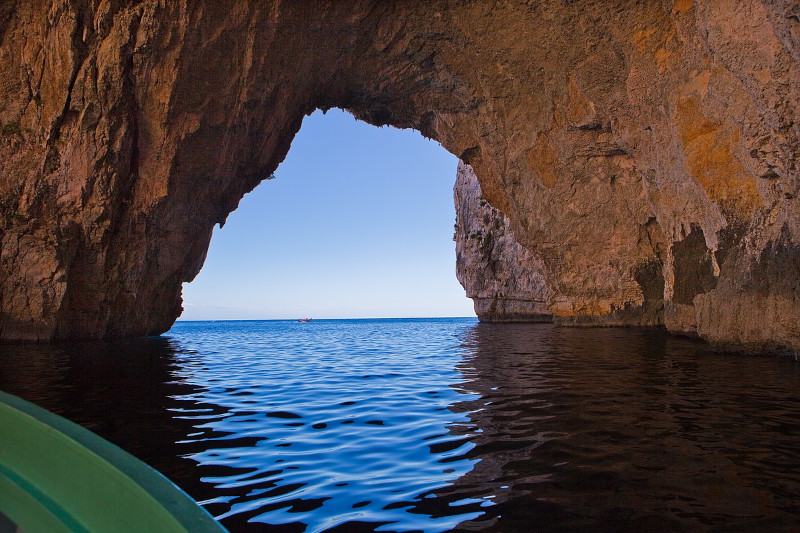
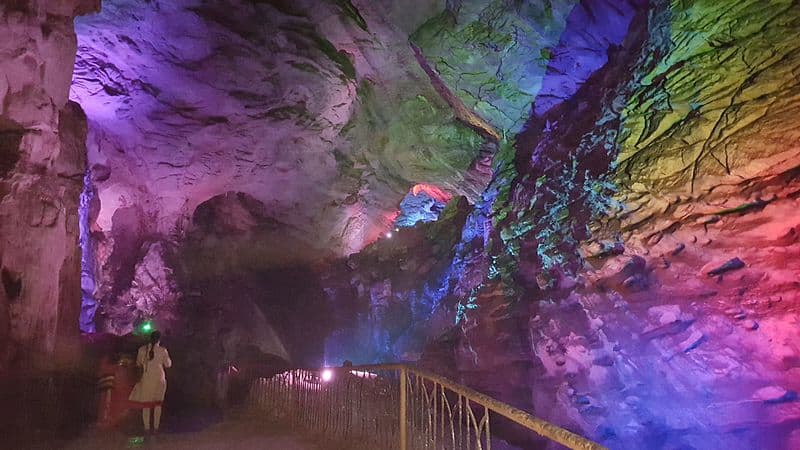
Mammoth Cave Physical Description
The masterpiece of natural construction man named Mammoth Cave fully merits that designation. That’s becasue it ranks as the largest of all known cave systems of earth! To date, mapped passageways exceed 400 mi (640 km) in length, with possibly more waiting.
Despite its extraordinary measurement in this particular dimension, however, it’s not known for its depth. That due to the surprising fact that it’s actually relatively shallow in this regard. Even at its lowest point, it’s never more than 379 ft (15 m) beneath the surface.
Yet, within its confines, one finds a true abundance of marvels. These include stalactites and stalagmites. The former hangs from the ceiling, while the latter rises from the floor, typically beneath them. Both form by the slow deposition of minerals from dripping water.
Due to the great age of the cave, some of these structures have been forming for so long that they have met and merged into a single structure spanning floor-to-ceiling. When stalactites and stalagmites meet, geolgists usually simply refer to the final result as columns.
Other wonders found within Mammoth Cave also include flowstones. These formed by sheets of water flowing over cave walls, leaving behind a smooth, layered appearance. Helictites also appear, developing as large formations that grow in curving, twisting shapes.
Certain key areas and features even bear distinctive names denoting their appearance. Grand Avenue constitutes a broad, impressive passageway known for its size and beauty. Frozen Niagara’s a spectacular section featuring flowstones that resemble a frozen waterfall.
Not content to end there, though, a feature named the Rotunda forms one of the largest rooms within the amazing cave, characterized by its massive dome-shaped ceiling. Bottomless Pit also exists as a deep chasm that adds an element of mystery and intrigue.
Yet another remarkable area exists inside of this marvel. It’s not for the claustrophobic, however. While most of the site’s quite open, the perhaps cruelly-named Fat Man’s Misery forms a narrow, winding passage that challenges visitors to squeeze through tight spaces.
Mammoth Cave Location, Formation, and Ecosystem
The mind-boggling Mammoth Cave formed in a general region of the world already well known for its abundance of geological wonders. That location’s therefore not likely to surprise many people. Nature placed the cave on what’s now known as North America.
There, its placement situates it within the national borders of the United States. It further lies inside the confines of the state of Kentucky, which puts it in the eastern portion of the country. Within the beautiful state itself, the system resides roughly in the central portion.
The earliest origins of this site go back over 330 million years. At that time, the local region lay at the bottom of a shallow sea. Over past periods of time, though, sediments accumulated on the sea floor, eventually forming thick layers of limestone and dolomite.
Geological forces, however, gradually uplifted the region, exposing the limestone to surface processes. Gradually, surface erosion removed the overlying materials, exposing the limestone to atmospheric and hydrological influences. Chemical weathering also assisted.
But, the initial development of the cave involved the formation of primary conduits, or main drainage channels, which allowed groundwater to flow and dissolve more limestone. These expanded through continuous dissolution, creating larger tunnels and chambers.
As the spectacular cave system painstakingly grew, numerous intersecting passages formed, creating a highly complex, interconnected network. Sections of the cave occasionally collapsed, leading to the reworking of sediments and further enlargement of passages.
The astounding features of Mammoth Cave don’t end with its geology, though. These extend to a surprising ecosystem, as well. The cave system includes underground rivers and lakes, which contribute to its dynamic hydrology. These also support many species.
Typical of large cave systems, several species of bats call the location home. At on time, in fact, an astonishing estimated 12 million bats called the site home! Today, however, only a few thousand remain. Those include the endangered Indiana bat and the gray bat.
Others include cave crickets. These form one of the most common cave dwellers, serving as a food source for other species. The waters also contain cavefish and cave crayfish. Adapted to the dark, these often lack pigmentation and have poor eyesight or are completely blind.
Features Sharing Its Region
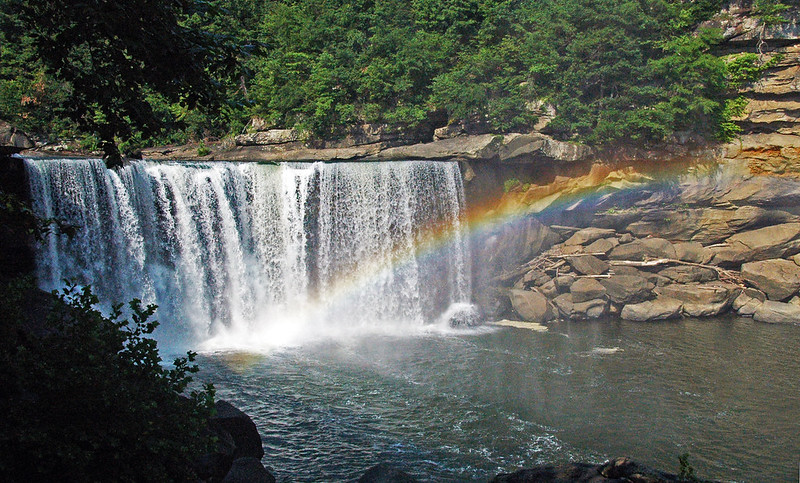
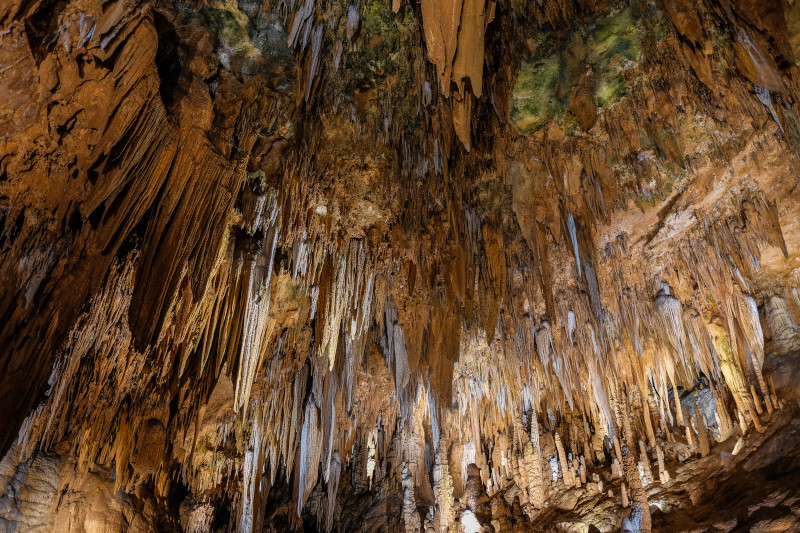
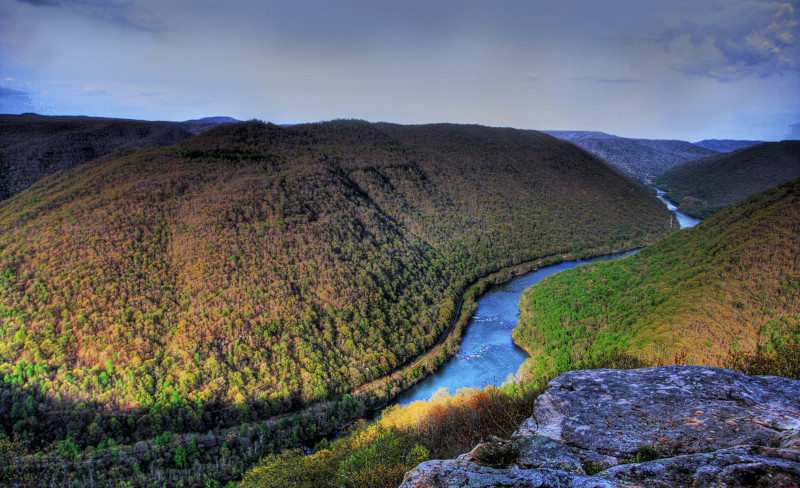
Check out our other articles on 4 Fantastic Woody Shrubs of France, Rice’s Whale, Kaihalulu Beach, Blood Iris, Firebrick Starfish, Hellbender Salamander, Weka, Tiger Shark, Orinoco Crocodile
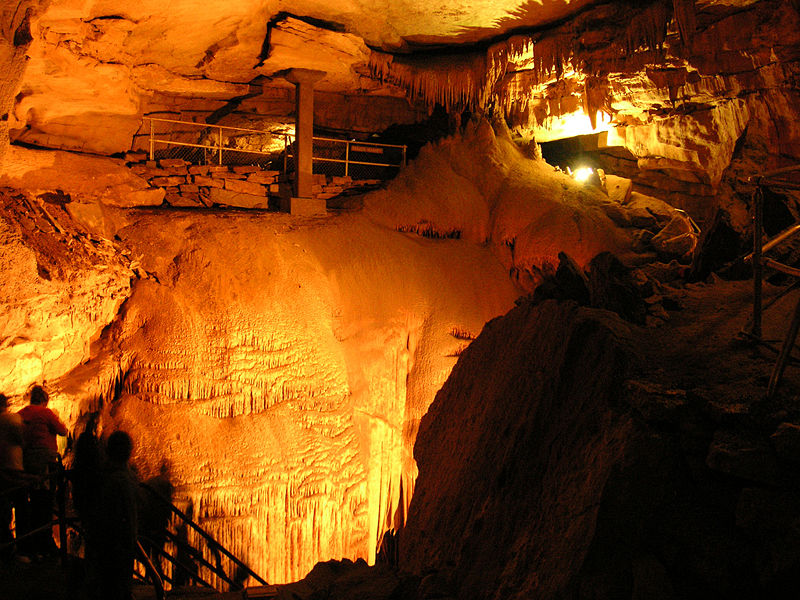
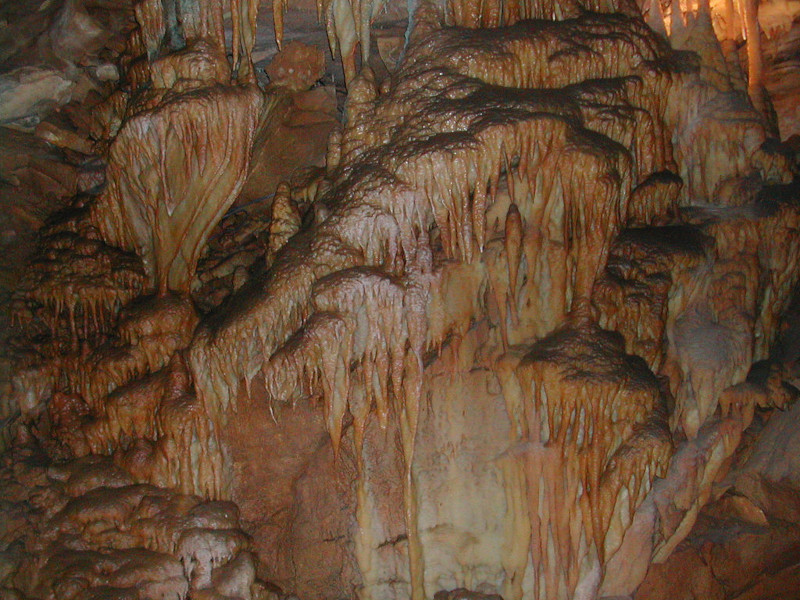
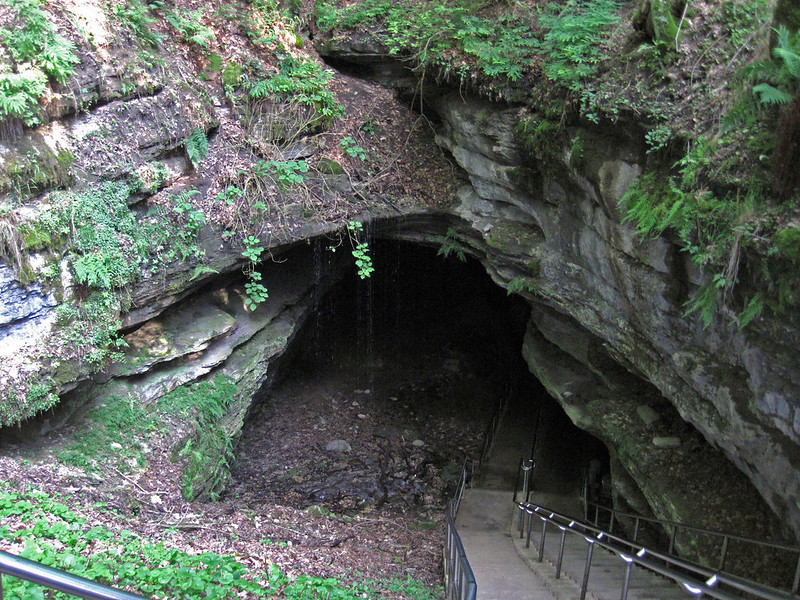









Leave a Reply